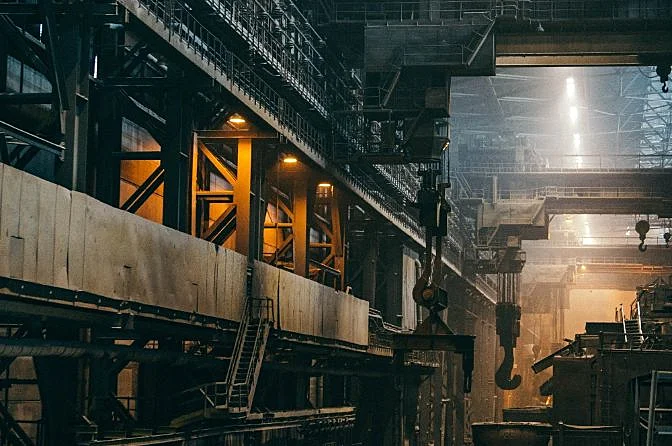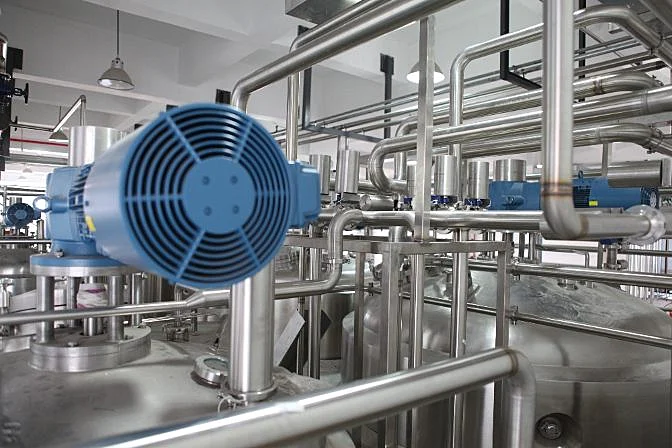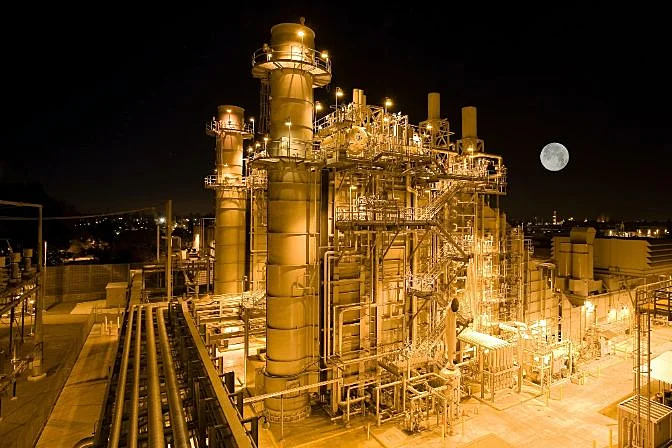Turnaround time refers to the total amount of time it takes to complete a specific process or task. It is often used interchangeably with the term "downtime," though the two are not always exactly the same. While downtime typically refers to periods when a system or machine is not operational, turnaround time focuses more on the entire duration from start to finish of a particular operation. Think of turnaround time as the time between when a request is made and when that request is fully completed. In industrial, computing, and logistics settings, this concept is vital for managing efficiency and planning operations effectively. In industrial environments, turnaround time refers to the period during which equipment such as boilers, pressure vessels, or other critical assets must be taken offline for maintenance, upgrades, or necessary repairs. This is also known as a plant turnaround or planned outage. In computing, turnaround time is the time it takes from submitting a process to receiving its output. In warehouse logistics, it’s the time from order submission to fulfillment. These definitions highlight how crucial it is to manage and minimize turnaround time in various industries to maximize productivity and profitability. At an industrial plant, turnaround time refers to the time required to shut down a specific asset or even an entire facility to perform maintenance, inspections, or upgrades. This period is commonly referred to as downtime, a planned outage, or a plant turnaround. If the entire plant needs to be shut down for maintenance, the duration of that shutdown is considered the turnaround time. During this time, no production occurs because essential parts of the process are offline. Turnaround times are usually planned well in advance, but they can also occur due to unexpected emergencies that require immediate action. Common types of work during planned turnarounds include regular maintenance, part replacements, repairs, and system upgrades. In some cases, external events like the global pandemic have also led to temporary shutdowns, which are considered part of the turnaround time. Turnaround time directly affects profitability. When a plant or system is offline, it cannot generate revenue. The longer the turnaround time, the more money is lost. This is especially true in industries like power generation, where every minute of downtime can cost thousands or even millions of dollars. For example, a power plant that is offline for just one day could lose significant revenue. Similarly, in shipping or logistics, faster turnaround times mean more orders can be fulfilled, increasing overall profits. Despite the costs, machines and systems need regular maintenance to ensure safety and efficiency. During these periods, operations must pause so that workers can inspect and repair components safely. Balancing the need for maintenance with minimizing downtime is a key challenge for many companies. Reducing turnaround time is a top priority for many businesses. Here are five effective strategies to improve efficiency without compromising safety: Regular maintenance and inspections can be scheduled in advance. By creating detailed plans, including timelines, responsibilities, and required resources, you can significantly reduce delays during actual turnarounds. If engineering work is involved, ensure all materials and technology are ready before the downtime begins. Testing new systems beforehand helps avoid last-minute issues that can extend the turnaround period. Effective communication across departments is essential. Ensuring all stakeholders are informed reduces confusion and wasted time during the process. Clear leadership and organization during the turnaround help keep everyone on task. Quick decision-making and problem-solving can prevent delays and improve overall performance. After the turnaround, analyze what worked and what didn’t. This feedback loop helps improve future processes and ensures continuous improvement over time. While traditional methods of inspection and maintenance can be time-consuming, modern technology like drones offers a game-changing solution. Drones can greatly speed up the process by collecting visual data quickly and efficiently, reducing the need for manual labor and scaffolding. The Elios 3, a collision-tolerant drone designed for indoor inspections, is particularly useful in tight or hazardous spaces. Here are two key ways it helps cut down turnaround time: Inspecting confined spaces like boilers or pressure vessels often requires building scaffolding, which can take weeks. With a drone, inspectors can fly into these areas, collect data, and exit without any construction needed. This saves valuable time and reduces the overall workload. Drones can move through complex environments much faster than human inspectors. One company reported that using the Elios 2 drone reduced inspection time by two-thirds compared to manual methods. This means less downtime and more productivity. By integrating drones into your workflow, you can improve safety, reduce costs, and increase efficiency. Companies around the world have already seen significant benefits, including millions of dollars in savings and improved operational safety. Stainless Steel Liquid Filter Cartridge is a high-quality filtration solution that is designed to remove impurities and contaminants from liquids. It is made of high-quality stainless steel material, which makes it durable and long-lasting. The filter cartridge is designed to withstand high temperatures, pressures, and corrosive environments, making it suitable for various industrial applications. Stainless Steel Liquid Filter Cartridge, power sintered filter, PP PTFE PES Pleated Filter cartridge Xinxiang Zhike Machinery Equipment Co.Ltd , https://www.zhikefilter.comWhat Is Turnaround Time? What Is Downtime?

What Does Turnaround Time Mean?

Why Turnaround Time Is So Important

Five Steps to Reduce Turnaround Time
1. Plan Ahead
2. Consider Engineering Needs
3. Coordinate Schedules and Communication
4. Manage the Turnaround Period Efficiently
5. Conduct Post-Turnaround Reporting

How Drones Help Significantly Reduce Turnaround Times
1. Reducing the Need for Scaffolding
2. Speeding Up Visual Data Collection
The power sintered filter is a unique feature of the Stainless Steel Liquid Filter Cartridge. It is made using advanced sintering technology that creates a highly porous structure with uniform pore size distribution. This technology ensures that the filter cartridge has a high dirt holding capacity and excellent filtration efficiency. The power sintered filter is also resistant to high temperatures and chemicals, making it suitable for use in harsh environments.
The PP PTFE PES Pleated Filter cartridge is another type of filter cartridge that is commonly used in the Stainless Steel Liquid Filter Cartridge. It is made of high-quality materials such as polypropylene, polytetrafluoroethylene, and polyethersulfone. The pleated design of the filter cartridge provides a large filtration area, which increases the dirt holding capacity and prolongs the filter's lifespan.
The Stainless Steel Liquid Filter Cartridge is easy to install and maintain. It can be cleaned and reused multiple times, which makes it a cost-effective filtration solution. The filter cartridge is suitable for a wide range of applications, including food and beverage processing, pharmaceuticals, chemicals, and water treatment.
In conclusion, the Stainless Steel Liquid Filter Cartridge is a versatile and reliable filtration solution that provides efficient and effective removal of impurities and contaminants from liquids. Its unique features, such as the power sintered filter and the PP PTFE PES Pleated Filter cartridge, make it suitable for various industrial applications. It is an excellent investment for businesses that require high-quality filtration solutions.
What Is Turnaround Time? What Is Downtime?
Next Article
2-11 Alarm fire in Chicago, 1-17-20
Prev Article
CFD Swap Meet and Muster